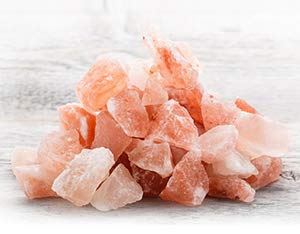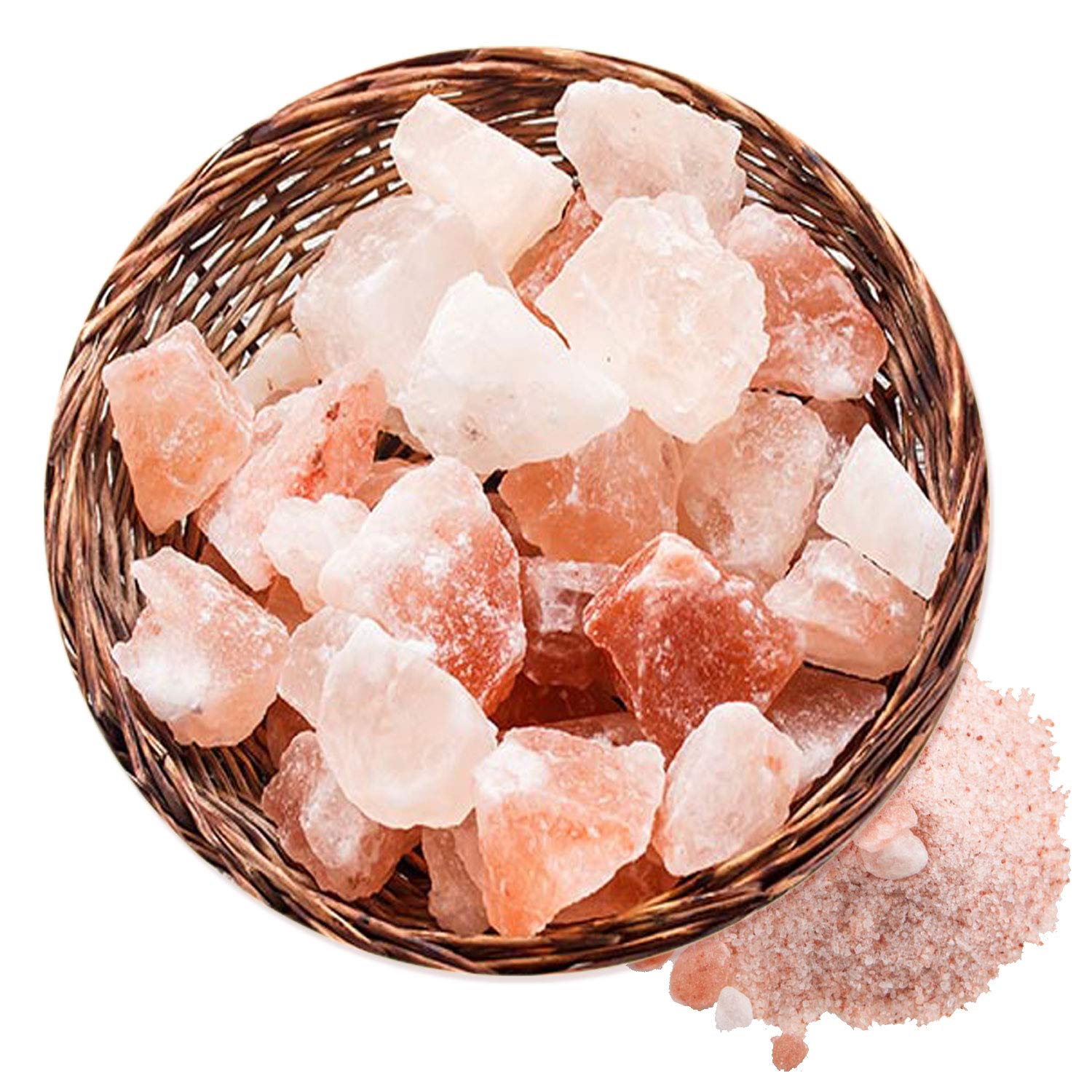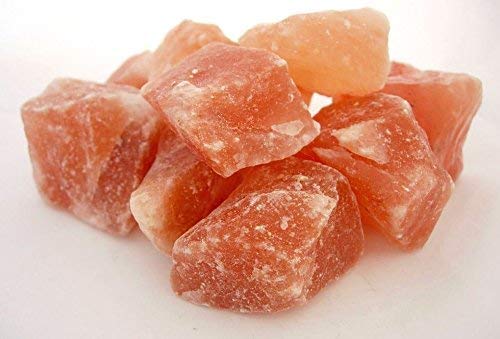Himalayan Salt Lumps
Is the Himalayan Pink Salt Better Than Regular Salt ?
Pink Himalayan salt is a type of salt that’s naturally pink in color and mined near the Himalayas in Pakistan. Many people claim that it’s loaded with minerals and provides incredible health benefits. For these reasons, pink Himalayan salt is often thought to be much healthier than regular table salt. However, little research on pink Himalayan salt exists, and other people insist that these extravagant health claims are nothing more than speculation. This article looks at the key differences between pink Himalayan salt and regular salt and evaluates the evidence to decide which type of salt is healthier.


what is Himalayan Pink Salt ?
Pink Himalayan salt is a pink-colored salt extracted from the Khewra Salt Mine, which is located near the Himalayas in Pakistan. The Khewra Salt Mine is one of the oldest and largest salt mines in the world. The pink Himalayan salt harvested from this mine is believed to have been formed millions of years ago from the evaporation of ancient bodies of water. The salt is hand-extracted and minimally processed to yield an unrefined product that’s free of additives and thought to be much more natural than table salt. Like table salt, pink Himalayan salt is mostly comprised of sodium chloride. However, the natural harvesting process allows pink Himalayan salt to possess many other minerals and trace elements that are not found in regular table salt. Some people estimate it may contain up to 84 different minerals and trace elements. In fact, it’s these very minerals, especially iron, that give it its characteristic pink color.
Replacing your Normal Table Salt with Himalayan Salt
The Himalayan Pink Salt is regulates the blood pressure. It contains 84 essential minerals that are extremely beneficial. It contains up to 98 percent sodium chloride. It is the best substitute for the regular table salt
Natural Pink LUMP Salt
Light Pink LUMP Salt
Dark Pink LUMP Salt
How is Pink Himalayan Salt used ?
Pink Himalayan salt has several dietary and non-dietary uses.
you can eat it or cook with it
In general, you can cook with pink Himalayan salt just like you would with regular table salt. Put it in sauces and marinades or add it to your food at the dinner table. Some people even use pink Himalayan salt as a cooking surface. Large blocks of the salt can be purchased and used to grill, sear and impart a salty flavor to meats and other foods.
Considerations for Cooking
Whenever you’re measuring any kind of salt by volume, it’s important to consider how finely it’s ground. You may need to use larger quantities of coarse salt to match the saltiness of finely ground salt. This is because finely ground salt is packed closer together than coarse salt, so there’s more of it in a particular volume.
Non-Dietary Uses
While pink Himalayan salt has several dietary uses, there are also a number of popular non-dietary uses. Pink Himalayan salt is used in some bath salts, which claim to improve skin conditions and soothe sore muscles. Salt lamps are also often made out of pink Himalayan salt and claimed to remove air pollutants. These lamps consist of large blocks of salt with an inner light source that heats the salt.


Are the Health Claims True?
Despite the fact that pink Himalayan salt only contains tiny amounts of additional minerals, many people still claim that it can provide a number of health benefits. The truth is, most of these claims do not have any research to support them. Some of pink Himalayan salt’s commonly promoted health claims include that it can:
- Improve respiratory diseases
- Balance your body’s pH
- Reduce signs of aging
- Improve sleep quality
- Regulate blood sugar
- Increase libido
Himalayan Salt Block- The Best Form Of Salt
It is by all means one of the best salts. It is easily digestible and is suited for all body types. It detoxifies the blood and improves both nervous system and digestion.
Negative Ionization
Many people are of the view that Himalayan Salt does not cancel positive ions; however the truth is, that it does have the properties but its effects are felt only to a certain extent. This means you may need a couple of lamps to make its effect felt. More lamps mean more elegance, more color and a prettier surrounding.
What Are The Benefits Of Cooking & Grilling On Himalayan Salt Blocks
Himalayan Salt has innumerable benefits. Its benefits are age-old and are being reaped even in the modern times. Cooking on Himalayan Salt blocks does not produce harmful smoke, it rather dehumidifies the air. The medicinal properties of the salt are good for all age groups.

